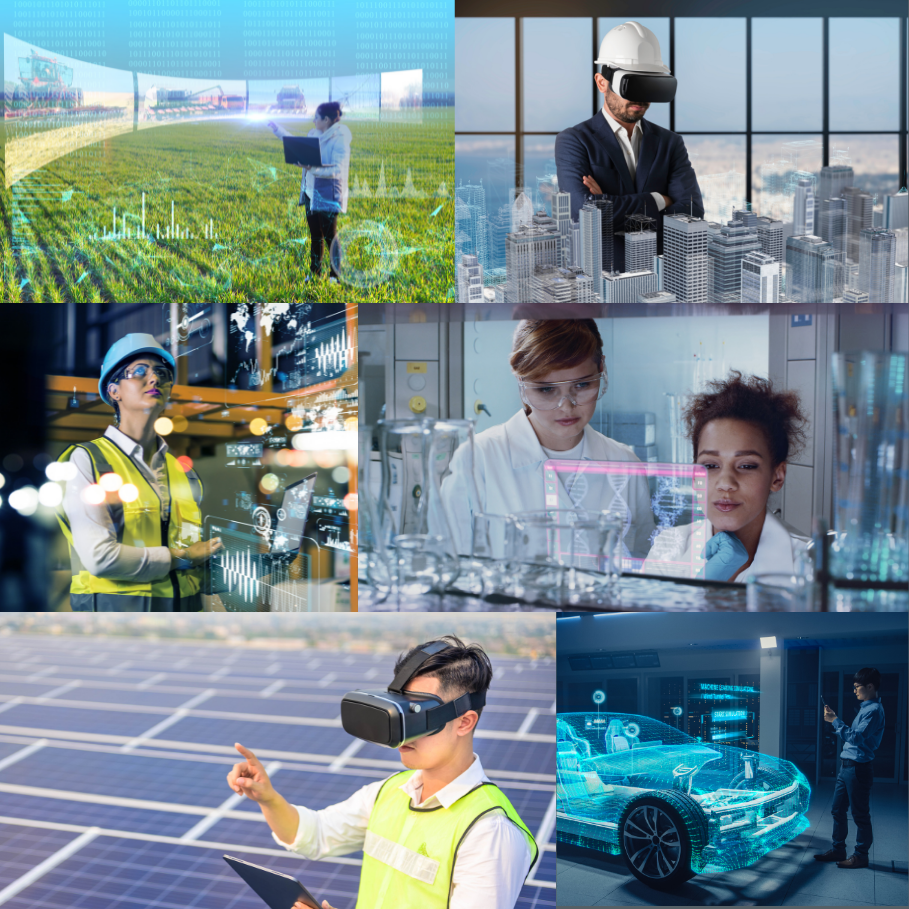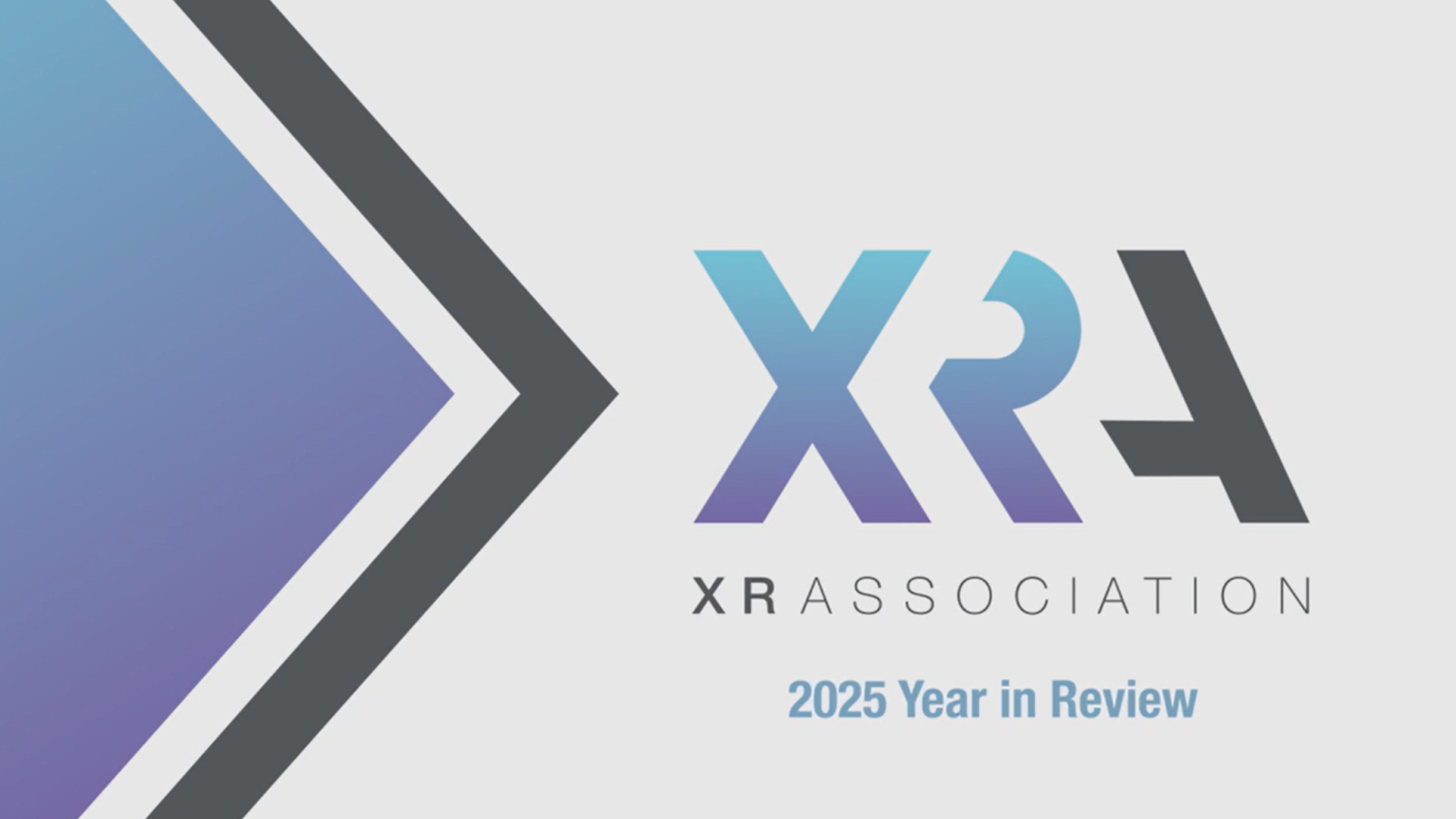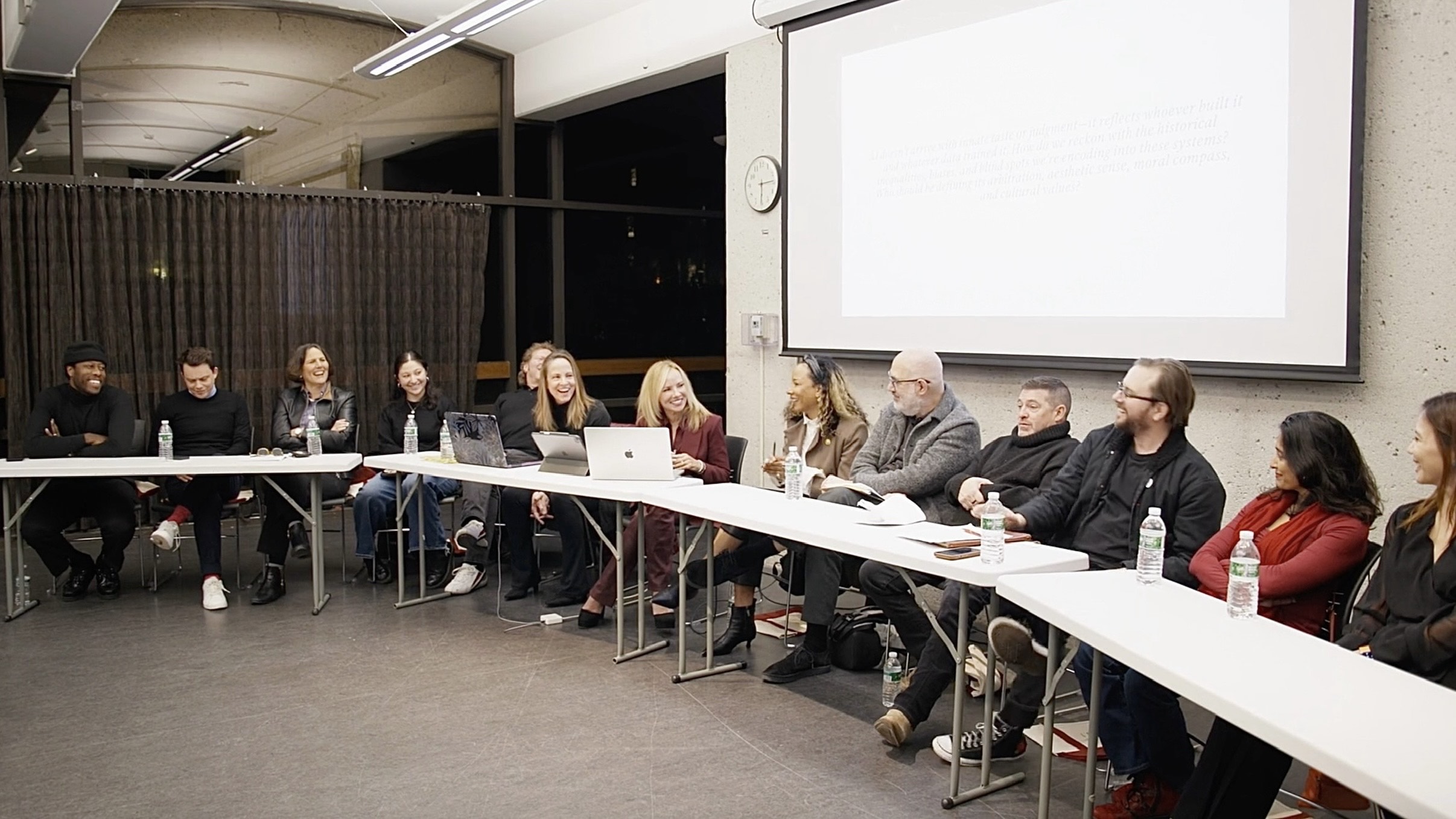CONGRESS SHOULD FUTURE PROOF AMERICAN INFRASTRUCTURE WITH IMMERSIVE TECHNOLOGY


As Congress works on legislation to develop a modern, sustainable American infrastructure for the next century, lawmakers will focus on traditional projects like improving roads, tunnels, and bridges. They will also consider investment in clean energy and efficient transportation networks. In addition, Congress will think through how best to prepare America’s workforce to build and maintain these systems. New jobs will be created, and workers will need to be upskilled and reskilled. What’s more, as remote work and collaboration become a norm in our post-pandemic world, businesses will compete for talent among a geographically distributed labor market, allowing employees to “work from anywhere.” Immersive technology supports all of these objectives. The time is now to build immersive technology into America’s future.
Many people still think of augmented, virtual, and mixed reality (collectively, “immersive technology” or “XR”) in terms of gaming and entertainment – Pokemon GO, Beat Saber, and the like. While those are popular uses of XR, the technology’s use at enterprise scale is where we are going see major disruption. XR is already helping industries across the spectrum become more innovative, more productive, and safer while delivering impressive cost savings – a key consideration in America’s drive to Build Back Better.
The time is now to build immersive technology into America’s future.
Immersive technology allows architects, engineers, and construction workers to enter their workspace before they step into in the physical world. This means they’re able to identify and plan around existing electricity, gas, and sewage networks, and assess potential changes to traffic flows, providing an unmatched opportunity to resolve design flaws before and during the construction phase, saving time and money and mitigating risk.
XR technology is also impacting public transportation. The railway industry is leveraging VR to evaluate tracks and carryout maintenance remotely, predicting problems before they happen and reducing the hazards of in-person labor. And AR is helping the industry to ease overcrowding on subways, eliminate bottlenecks, improve wayfinding and security checks, and enhance scheduling.
In the utilities field, immersive technology models identify the extent and location of damage, helping engineers understand what led to an asset failure and how to improve future maintenance. With a mobile device using augmented reality, a field worker can quickly and easily be guided directly to an asset that needs attention. Use of virtual and augmented reality minimizes operational costs, improves safety, and broadens the types of utilities services provided.
According to the Centre for Economics and Business Research, the total cost of the skills gap to U.S. companies per year is $160 billion.
As important as our investment in U.S. infrastructure is our commitment to the American worker. Lawmakers must be forward leaning in their approach to preparing the workforce for the jobs of the future. According to the Centre for Economics and Business Research, the total cost of the skills gap to U.S. companies per year is $160 billion.
With respect to infrastructure-related occupations, the need to upskill and reskill could not be more crucial. Immersive technology is helping workers adapt to new environments and develop new competencies. A study published in the International Journal of Injury Control and Safety Promotion found VR/AR training to be more effective than traditional classroom training, with students demonstrating improved knowledge retention and recall. In the construction industry, VR training is helping health and safety managers address some of biggest challenges workers face: avoiding falls; working in confined spaces and at great heights; operating heavy equipment; and fostering a culture of safety.
In the automotive industry, mechanics are being trained to service and maintain fully electric vehicles through VR. The Ford Motor Company recently partnered with Bosch Engineering to develop applications where auto technicians use VR to “go inside” an EV, identify problems, and make repairs.
What’s more, AR is facilitating remote collaboration, allowing off-site experts to connect with workers in the field in real time via live-shared view of the environment. With AR technology, senior personnel can see exactly what local engineers and technicians see and work with them from a distance, streamlining collaboration. The result: improved knowledge transfer and cost savings.
Immersive technology will play a pivotal role in America’s drive to Build Back Better. Over the course of the next decade, the physical and digital worlds will merge at an unprecedented scale and technologies like AR and VR will undergird that synthesis. As lawmakers develop their blueprint for America’s 21st century infrastructure, immersive technology should be a part of their vision. XR is improving American industry now – but even more importantly, it will be a key enabler of our socio-economic progress well into the future. If we are to “future proof” our infrastructure, we must embrace immersive technologies today. Congress needs to build for tomorrow to ensure America’s infrastructure is the envy of the world.
Congress needs to build for tomorrow to ensure America’s infrastructure is the envy of the world.
Joan O’Hara is the Vice President of Policy for the XR Association, which promotes the dynamic growth of the XR industry, including virtual reality, augmented reality, mixed-reality, and future immersive technology.
Read more about how immersive technologies and infrastructure are helping build America’s future.


